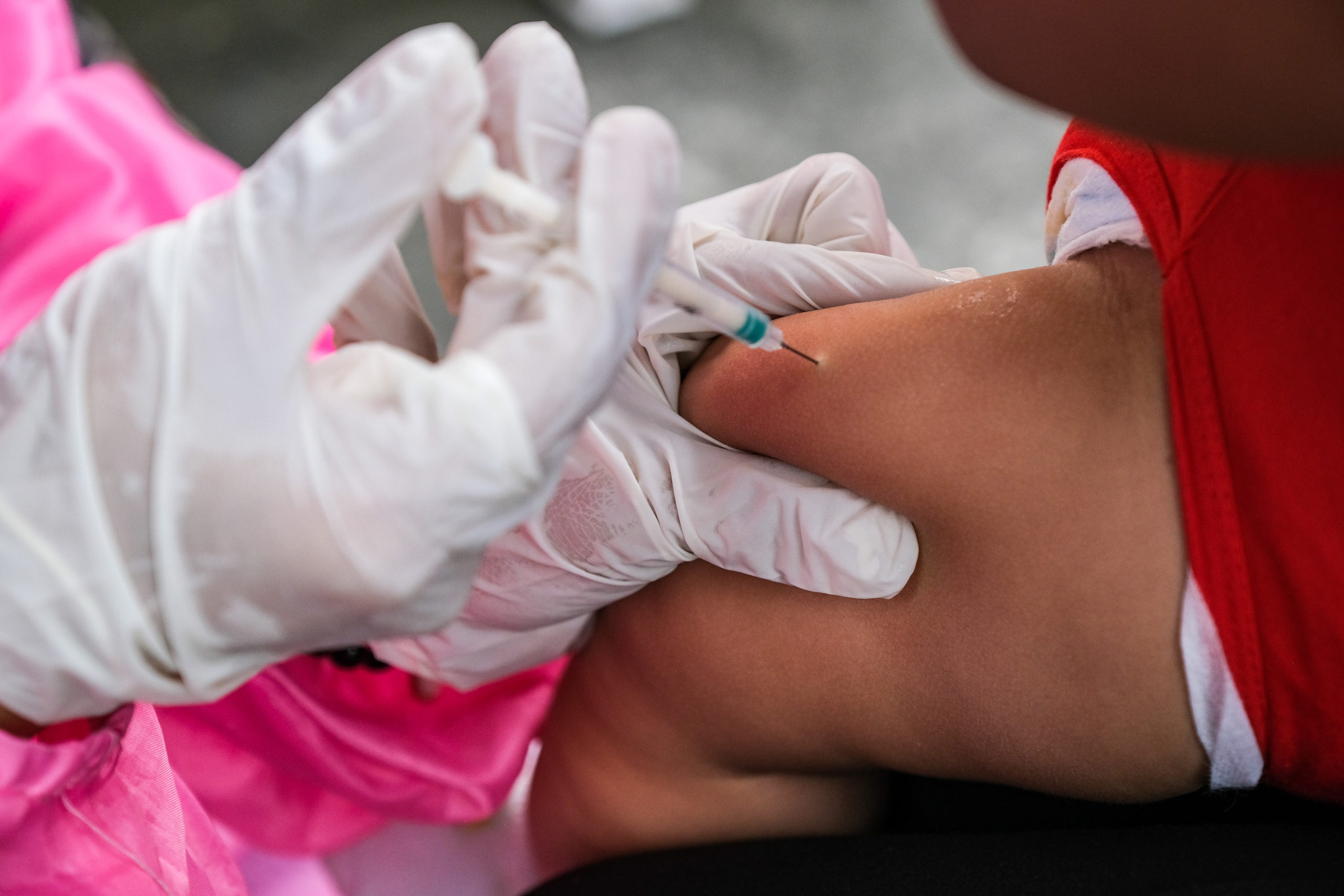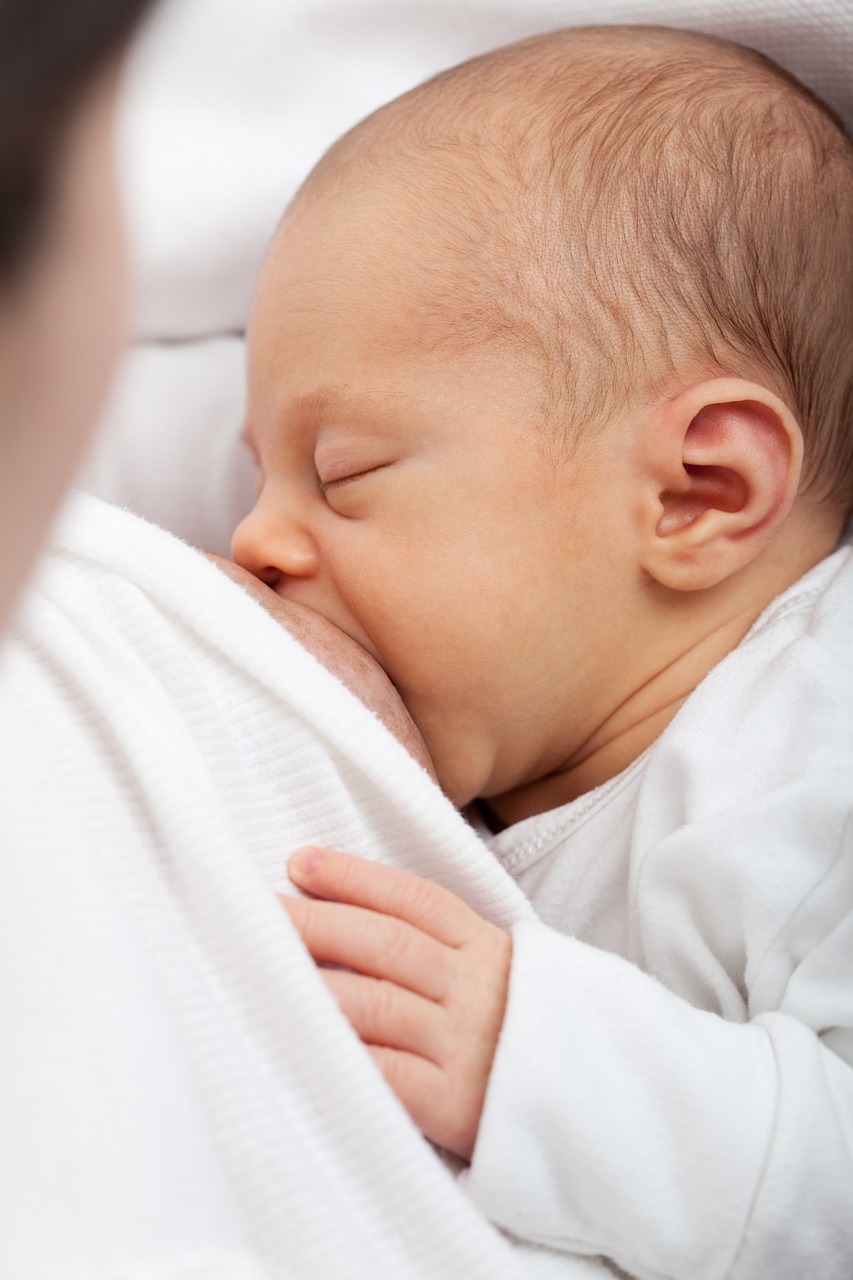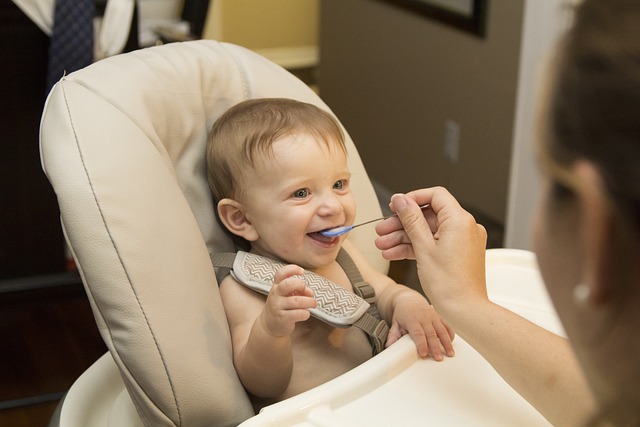Table of Contents
Overview
Vaccination is a way to protect your baby from getting several diseases which means protection and this is the best way to provide protection to your little one from getting severe diseases. In order to get vaccine there is a proper guidelines and proper schedule, which should be followed. The vaccination schedule contains information about the proper age and recommended dosage of particular vaccine.
There are several vaccines to be given during the first 5 years of birth. Many new parents wonder how to soothe a newborn during baby shots. Before their second birthday, babies may be poked with a needle up to 20 times during vaccinations. These shots protect children from dreaded diseases which is very important.
What to expect and common reactions of vaccination in babies
Vaccines protect your child from serious diseases like Polio, chickenpox, Rotavirus and many more. But like all medicines, they can sometimes come with side effects. Most of the time, these reactions are normal and harmless.
The vaccination are made using parts of the diseases they protect your child from, but they don’t cause the disease itself. Vaccination tells your body to make antibodies against particular disease and fight back. For example, after a vaccine if your child were to come into contact with the real illness, their body would recognize it and have the right antibodies to attack it.
Mild reactions after the vaccination is common and it show that vaccine is working. Normally these go away in a day or two. Some of the common reactions or side effects to the vaccination that you can expect are:
- Fever and high temperature
- Pain or swelling on the spot of injection
- Redness or tenderness at the spot
- Irritability
- Fussiness
- Trouble sleeping
- Feeling weakness
How to handle and take care for newborn baby. Read here to know tips
Some of the less common side effects are:
- Loss of appetite
- Vomiting
Generally there is no treatment needed for these post vaccination effects, they will go away in a day or two. If your child is allergic to certain vaccines, you’d notice signs that something is wrong. Typically, these reactions happen quickly after a vaccine, within a few minutes or hours. Always keep monitoring your child’s behavior after vaccination. Severe reactions are very rare but still it’s important to know all the possible side effects.
14 tips to sooth pain after vaccination in babies
It may be painful to watch your child in pain and it may cause some level of distress to your baby, but, vaccinations are for the greater good of your baby and cannot be avoided. However, you can help make the experience a little less stressful for your baby with some simple acts before and after the needle pierces the skin.
1. Stay calm during vaccination
First and most important thing as a parent is to stay calm. Parenthood is all about patience. Stay calm and remember that your baby will feel the prick only for a little while and that little sting will go a long way in keeping your baby free of diseases. You will need to stay calm as you hold your baby and give proper comfort to your baby.
2. Distract your baby
It is very easy to distract babies and toddlers. Distracting your baby can work in a favor to reduce vaccination pain so don’t forget to carry their favorite toy to seek their attention and distract during injection.
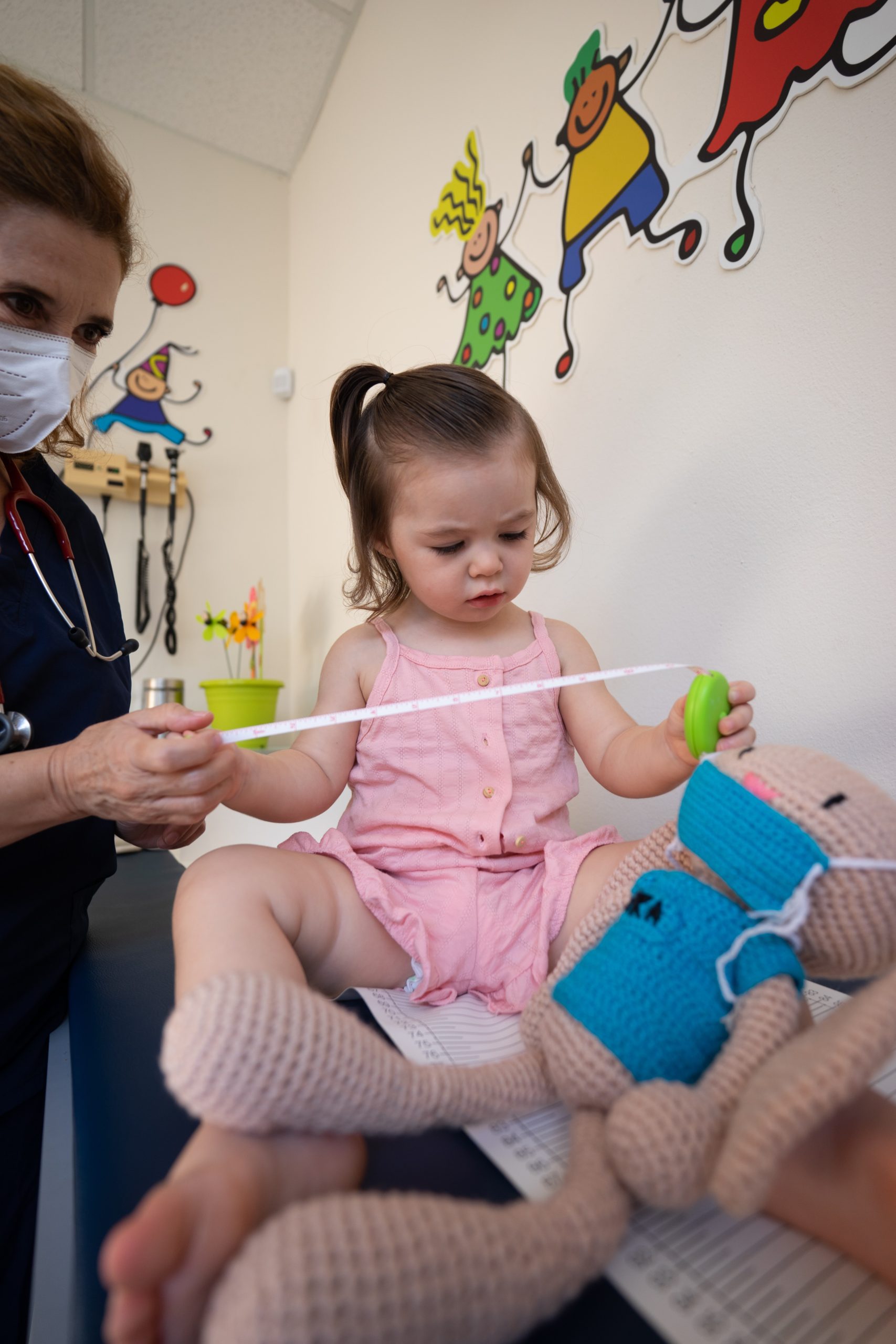
3. Cuddle and give comfort to your baby
According to the research, babies and toddlers are calmer and tend to cry a lot less when they are held by their parents. This may be due to the fact that your familiar touch helps your baby feel protected. Parents should stay nearby so you can distract and calm your baby during the injection. An ideal option is to hold your baby.
4. Feed your baby after vaccination
Feeding your baby may relieve the vaccination pain so don’t forget to feed your baby after vaccination. Breastfeeding your baby more often after the vaccination will also keep her hydrated and prevent fever from setting in. A recent study found that babies who were breast-fed during the vaccination cried less.
5. Cool compress on the spot
A cool compress can reduce any swelling or soreness that might have been caused by the injection. You can use a clean washcloth to cool that area or ice water to give a cool compress on skin to reduce pain.
6. Rub skin after vaccination
A gentle massage before and after the vaccination around the injection area can help relieve the pain. Just 10 seconds rubbing can significantly bring down the intensity of the pain.
7. Numbing cream
You can check with your doctor about numbing cream or spray to reduce the pain. However these creams take almost an hour to start work therefore you can use it before vaccination also after consulting with your health care provider.
8. Give pain medicine
You can check with your doctor regarding pain medicine to reduce the pain. You can give these medicines before injection also to reduce the pain and it will also help in reducing fever after vaccination also. But there are some studies that these medications can reduce the effectiveness of vaccine also, so it is always best to check with doctor to know all the possible effects.
9. Keep them hydrated
Offer liquids more often and keep them well hydrated. It is normal for some children to eat less during the 24 hours after getting vaccines. Give your baby plenty of water and breast milk to help reducing fever.
10. Dress them lightly
Dress your child lightly. Do not cover or wrap your child tightly. Light clothes will help in reducing fever and child will feel comfortable.
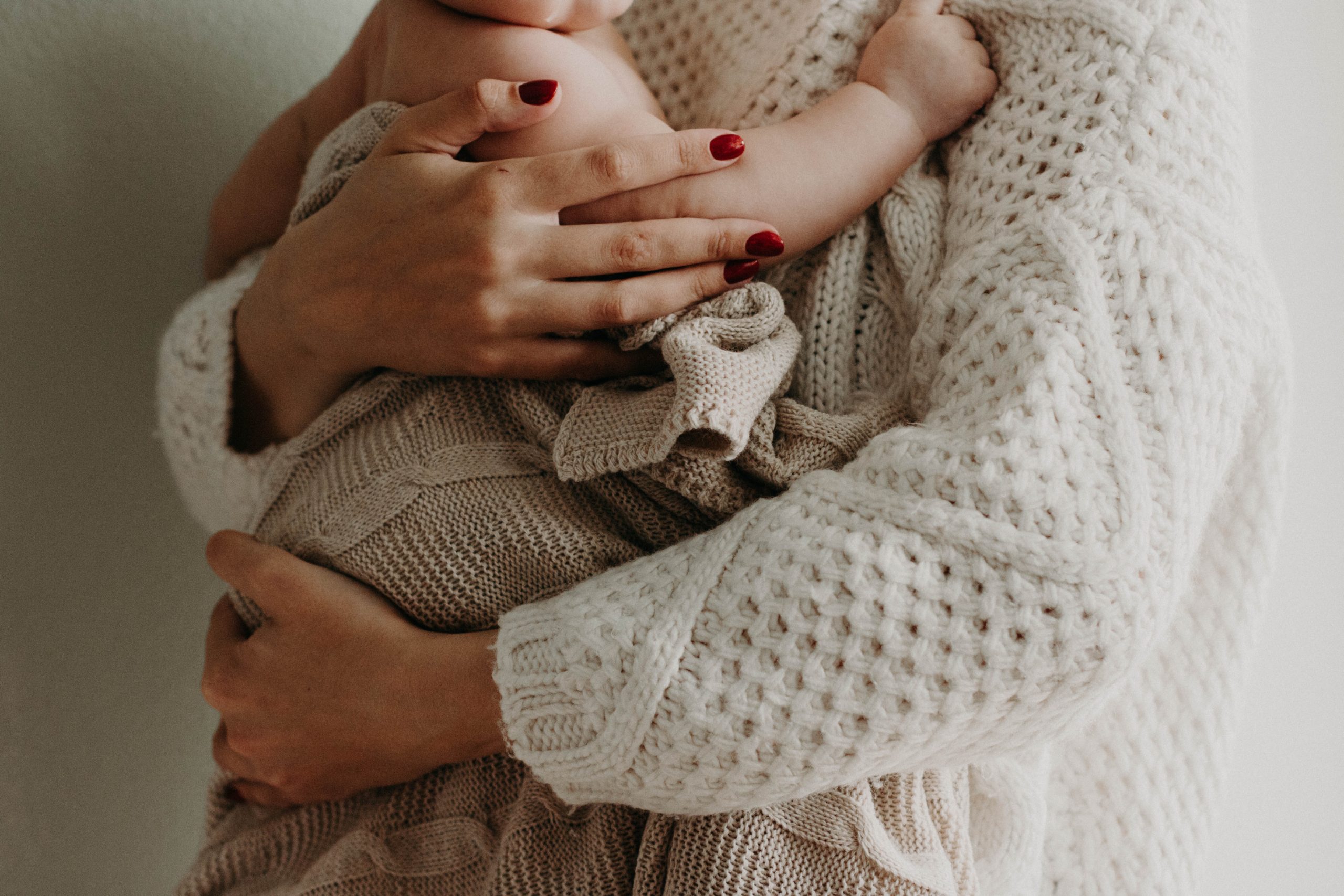
11. Give lots of rest
Give your baby a lots and lots of rest. Allow them to take extra nap and restrict some movements to help in reducing pain. For a few hours after getting immunized, baby can show restlessness and drowsy which is pretty normal. Child should feel normal after 24 to 48 hours of vaccination. Pay extra attention to your child for a few days. If you see something that concerns you, call your child’s doctor.
12. Check for painless vaccination
Painless injections or an acellular vaccine, as opposed to whole-cell vaccines, cause no symptoms and little or no pain, as they come with fewer antigens. You can check with your doctor about the possible option. There are some studies about the effectiveness of painless vaccination over normal vaccines, so always discuss in detail with your health care provider.
13. Opt for combination vaccination
Combination vaccination means is to combine different vaccines in one shot to reduce the needles. These include the tetanus, diphtheria, and acellular pertussis (Dtap) vaccine, which is available in combination with the polio and hepatitis B vaccines, or the polio and haemophilus influenzae type b (Hib) vaccines. This will automatically reduce the number of injections and pain as well.
14. Give Sugar Syrup
Try feeding your child with some sugar water just before you leave for vaccination. You could also dip his/her pacifier in sugar water and let him/her suck it. Sugar is known to reduce the intensity of sting that is caused by vaccination.
When to seek medical advise
It is very important to closely monitor your baby post vaccine and check for any changes in your baby’s behavior. Severe reactions are rare but check for all the signs and inform your doctor if something is bothering you. Here are some signs to looks for and check with your doctor immediately.
- Fever over 105 F
- Swelling in face
- Fast heartbeat
- Breathing problem
- Joint pain or stiffness
- Feels itchy, has redness, or raised itchy red bumps all over their body
- Dizziness
- Change in skin color
